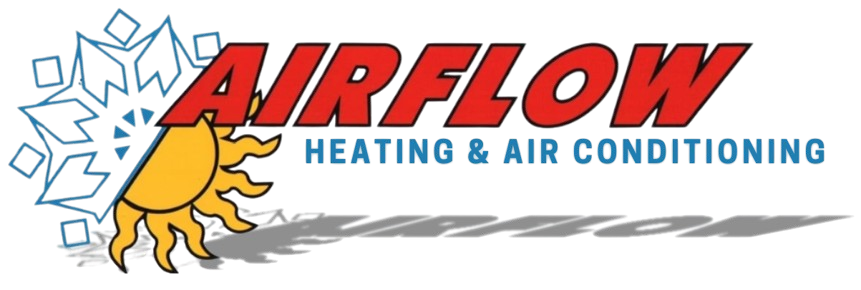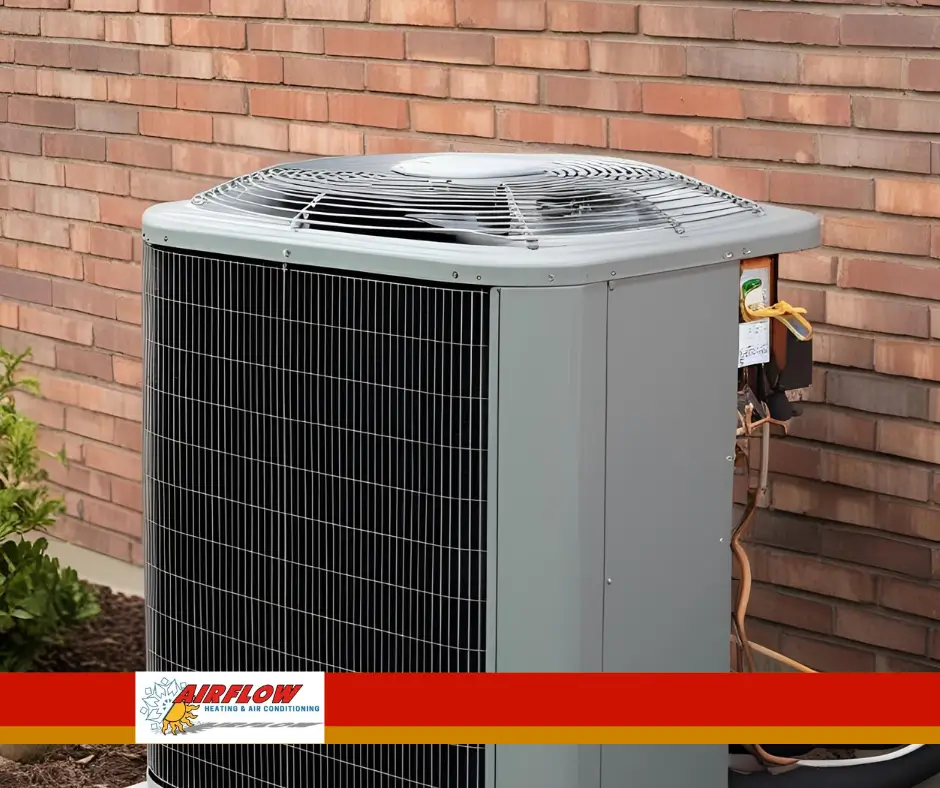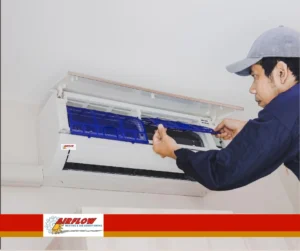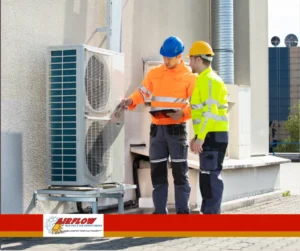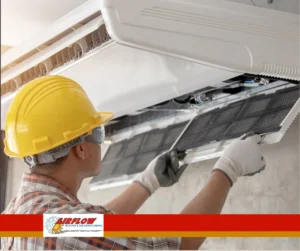While Air Conditioning repair is often seen as a way to restore comfort in our homes, it also plays a crucial role in protecting the environment. One of the most harmful — yet often overlooked — issues in modern HVAC systems is refrigerant leakage. These leaks not only decrease system performance but also release powerful greenhouse gases into the atmosphere.
Why Refrigerant Leaks Are an Environmental Concern
Air conditioners use refrigerants like R-410A and older types like R-22 to cool the air inside your home. These substances are potent hydrofluorocarbons (HFCs) — chemicals that can trap heat in the atmosphere thousands of times more effectively than carbon dioxide.
When leaks occur and refrigerant escapes into the air, it contributes significantly to global warming. Even a small, unnoticed leak over time can have the same environmental impact as burning hundreds of gallons of gasoline.
Understanding the Connection to Air Conditioning Repair
Many homeowners don’t associate environmental responsibility with air conditioning repair. But timely action is critical. Leaks don’t just affect your wallet — they damage the planet.
Here’s how effective AC maintenance and repair help:
- Prevent harmful refrigerant from entering the atmosphere
- Improve system efficiency, reducing electricity usage and emissions
- Extend the life of your HVAC system, reducing material waste
Common Causes of Refrigerant Leaks
Leaks can occur from various parts of your AC unit, especially when systems are poorly maintained. Typical problem areas include:
- Evaporator coils: Corrosion or cracks due to wear and tear
- Refrigerant lines: Damage from vibrations, pests, or aging insulation
- Schrader valves and connectors: Poor fittings or loose connections
Routine inspections can catch these issues early and reduce environmental harm.
Steps to Reduce Environmental Impact
1. Schedule Preventive Maintenance
Regular service appointments with an EPA-certified HVAC technician can prevent leaks before they start. Technicians perform pressure tests, look for weak spots, and make sure all components are properly sealed.
2. Repair Instead of Replacing
Whenever possible, opt for professional air conditioning repair over early system replacement. Reusing your existing system — if it’s still viable — helps avoid the environmental impact of manufacturing and disposing of large equipment.
3. Upgrade to Eco-Friendly Refrigerants
If your unit still uses outdated refrigerants like R-22, consider upgrading to models that use more environmentally friendly alternatives like R-32 or R-454B. These have a significantly lower Global Warming Potential (GWP).
4. Handle Refrigerant Properly
Only certified professionals should handle refrigerants. Improper disposal or overcharging can increase emissions. The Clean Air Act mandates responsible refrigerant recovery and recycling to minimize harm.
Policy and Global Impact
Governments worldwide are working to phase out high-GWP refrigerants under agreements like the Kigali Amendment to the Montreal Protocol. These policies aim to reduce the global use of HFCs and encourage cleaner alternatives.
By prioritizing eco-conscious air conditioning repair and system upkeep, homeowners contribute to broader climate goals — one system at a time.
Final Thoughts
The environmental impact of refrigerant leaks is significant, but it’s also preventable. Through proper air conditioning repair, routine inspections, and thoughtful equipment upgrades, you can reduce your carbon footprint while keeping your home cool and comfortable.
Choosing environmentally responsible practices isn’t just smart — it’s essential. Make your next HVAC decision a sustainable one.
READ MORE:
